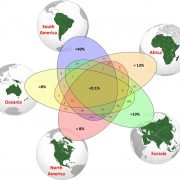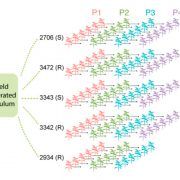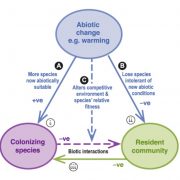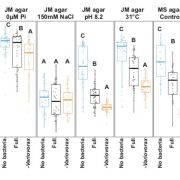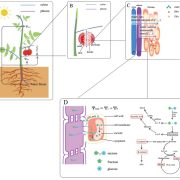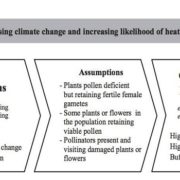Spatial and temporal patterns of mass bleaching of corals in the Anthropocene
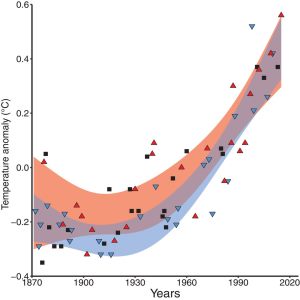 Science. As our ecosystems are changing rapidly, more studies are needed to document them. One of these important events is “coral bleaching”, a phenomenon that occurs due to environmental stress and when coral hosts lose their algal symbionts or zooxanthellae (Symbiodinium spp.), showing the white skeleton of the coral. Coral mortality is increased when bleaching occurs over several months, as bleached corals are physiologically and nutritionally compromised. In addition, thermal conditions for coral bleaching are more frequent nowadays indicating that the locations considered thermal refugia could disappear by mid-century. Hughes et al. in their recent work have compiled de novo history of recurrent bleaching from 1980 to 2016 for 100 globally distributed coral reef locations in 54 countries, using a standardized protocol to examine patterns in the timing, recurrence, and intensity of bleaching episodes, including the latest global bleaching event from 2015 to 2016. Their results indicate that the frequency of coral bleaching has increased as a cause of global warming. Coral bleaching events will probably be annual in the coming decades. The work appeals to increase our capacity to build resilience to these frequent events of coral bleaching by good management of local stressors. (Summary by Maria Julissa Ek-Ramos) Science. 10.1126/science.aan8048
Science. As our ecosystems are changing rapidly, more studies are needed to document them. One of these important events is “coral bleaching”, a phenomenon that occurs due to environmental stress and when coral hosts lose their algal symbionts or zooxanthellae (Symbiodinium spp.), showing the white skeleton of the coral. Coral mortality is increased when bleaching occurs over several months, as bleached corals are physiologically and nutritionally compromised. In addition, thermal conditions for coral bleaching are more frequent nowadays indicating that the locations considered thermal refugia could disappear by mid-century. Hughes et al. in their recent work have compiled de novo history of recurrent bleaching from 1980 to 2016 for 100 globally distributed coral reef locations in 54 countries, using a standardized protocol to examine patterns in the timing, recurrence, and intensity of bleaching episodes, including the latest global bleaching event from 2015 to 2016. Their results indicate that the frequency of coral bleaching has increased as a cause of global warming. Coral bleaching events will probably be annual in the coming decades. The work appeals to increase our capacity to build resilience to these frequent events of coral bleaching by good management of local stressors. (Summary by Maria Julissa Ek-Ramos) Science. 10.1126/science.aan8048


